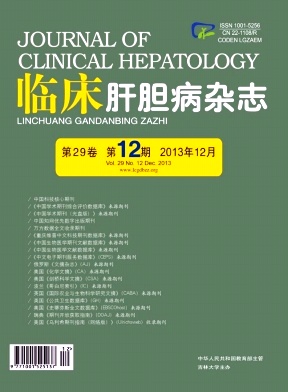Objective To investigate the relationship between HBV DNA and HBeAg in serum and HBcAg and inflammation grade in liver tissue among chronic hepatitis B ( CHB) patients. Methods A retrospective analysis was performed on 250 CHB patients who underwent liver biopsy. These patients were divided into three groups according to serum levels of HBV DNA: group A ( < 3 log10IU / ml, n = 45) , group B ( 3-6 log10IU / ml, n = 138) , and group C ( > 6 log10IU / ml, n = 67) , and they were also divided into HBeAg-positive group ( n= 142) and HBeAg-negative group ( n = 108) . The positive rate of HBcAg and inflammation grade in liver tissue were compared between groups, and correlations were analyzed. Comparisons of rates were made by chi-square test and Fisher's exact test; correlations were determined by linear correlation analysis. Results There were significant differences in positive rate of HBcAg between groups A, B, and C ( χ2= 11. 1, P = 0. 05) , and serum HBV DNA level was positively correlated with the positive rate of HBcAg in liver tissue ( r = 0. 75, P =0. 001) . There were no significant differences in inflammation grade between groups A, B, and C ( χ2= 13. 3, P = 0. 075) , and no correlation was found between serum HBV DNA level and inflammation grade in liver tissue ( r = 0. 04, P = 0. 325) . There was significant difference in positive rate of HBcAg between the HBeAg-positive group and HBeAg-negative group ( χ2= 6. 64, P = 0. 01) , and the presence or absence of HBeAg in serum was positively correlated with the positive rate of HBcAg in liver tissue ( r = 0. 56, P = 0. 001) . There was no significant difference in inflammation grade between the HBeAg-positive group and HBeAg-negative group ( χ2= 8. 43, P = 0. 065) , and no correlation was found between the presence or absence of HBeAg in serum and inflammation grade in liver tissue ( r = 0. 06, P = 0. 415) .Conclusion The expression of HBcAg in liver tissue can better reflect HBV replication in the liver among CHB patients. When HBV markers cannot be detected in the serum of patients, liver biopsy can be used to detect HBcAg in liver tissue and assess HBV replication.













 DownLoad:
DownLoad: